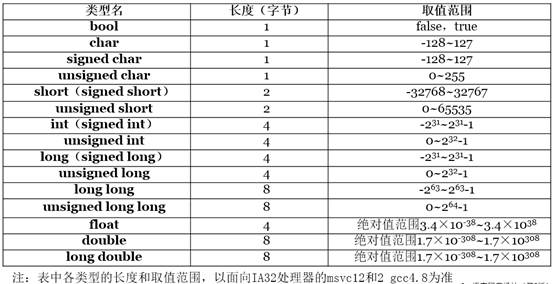I have a SQLite table with 6 million rows.
Doing a DELETE FROM TABLE is quite slow;
Dropping the table and then re-creating it seems quicker.
I'm using this for a database import.
Would dropping the table be a better approach or is there a way to delete all data quickly?
One big difference is that DELETE FROM TABLE is DML and DROP TABLE is DDL. This is very important when it comes to db transactions. The result at the end may be the same, but these operations are very different.
If it's just performance you've to be aware of then it may be ok to drop and recreate the table. If you need transactions in your imports then you've to be aware that DDL is not covered and cannot be rollbacked for example.
Generally speaking the DROP TABLE would be a non-logged transaction. DELETE FROM would require a transient journal to log the records until the DELETE statement has been completed.
TRUNCATE TABLE is a lot faster.
The following except from an Oracle website explains why:
'Deletes' perform normal DML. That is, they take locks on rows, they generate redo (lots of it), and they require segments in the UNDO tablespace. Deletes clear records out of blocks carefully. If a mistake is made a rollback can be issued to restore the records prior to a commit. A delete does not relinquish segment space thus a table in which all records have been deleted retains all of its original blocks.
Truncates are DDL and, in a sense, cheat. A truncate moves the High Water Mark of the table back to zero. No row-level locks are taken, no redo or rollback is generated. All extents bar the initial are de-allocated from the table (if you have MINEXTENTS set to anything other than 1, then that number of extents is retained rather than just the initial). By re-positioning the high water mark, they prevent reading of any table data, so they have the same effect as a delete, but without all the overhead. Just one slight problem: a truncate is a DDL command, so you can't roll it back if you decide you made a mistake. (It's also true that you can't selectively truncate -no "WHERE" clause is permitted, unlike with deletes, of course).
By resetting the High Water Mark, the truncate prevents reading of any table's data, so they it has the same effect as a delete, but without the overhead. There is, however, one aspect of a Truncate that must be kept in mind. Because a Truncate is DDL it issues a COMMIT before it acts and another COMMIT afterward so no rollback of the transaction is possible.
Note that by default, TRUNCATE drops storage even if DROP STORAGE is not specified.
I don't think SQLite implements TRUNCATE but if it does it likely will be more performant than DELETE



